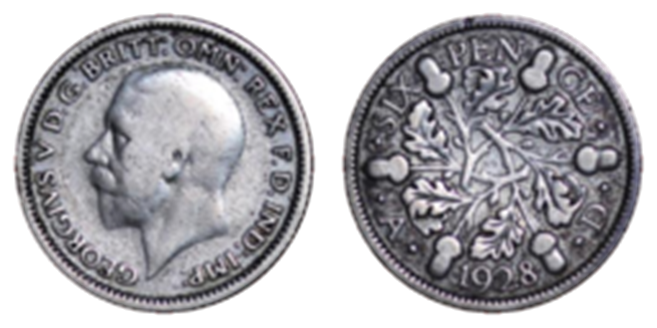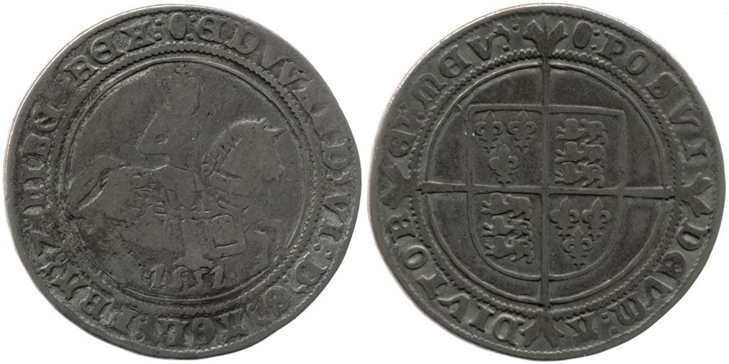New Coin?
Saturday, 2 August 2025
Friday, 16 May 2025
Climb every mountain
- Bare headed bust of Lucius Verus, right, wearing cuirass and paludamentum.
- Mount Argaeus with trees, on summit, Helios holding globe and sceptre, at base, animal on left, tree on right.
- © The Trustees of the British Museum
- The theme of the meeting this month was bridges, rivers and mountains on coins. Mountains have always been significant in mythology and religion. One of the coins shown at the meeting was a coin from Caesarea in Cappadocia, now Turkey. It features Mount Argaeus and this image or similar was used on coins from the reign of Tiberius (AD 14-37) until well into the Third Century. The mountain name means “white” and is the highest in Turkey. It is volcanic in origin. Some images show a figure standing on the mountain probably a local god and others have a tree and animal at the base. On some of coins the mountain is smoking or even fire is depicted. Sources say they there has been no eruption for thousands of years. There was an incident in 253 BC. The volcanic soil would have made the surrounding area very fertile.
- see also
- https://www.cointalk.com/threads/argaios-the-holy-mountain-of-cappadocia.335685/)
- https://www.baldwin.co.uk/news/coins-of-the-sacred-mountain/#:~:text=Its%20first%20appearances%20begin%20during,to%20the%20cult%20of%20Mithras.
Saturday, 15 February 2025
Sunday, 19 January 2025
At the first meeting of the year we thought about dates. Not romantic ones but on coins.
why are coins dated?
1928
sixpence unusually had the letters AD with the date
What Year Did They Start Putting
Dates on Coins?
According to The Guinness Book of
World Records, a Samian Silver Tetradrachm struck in Zankle (modern-day
Messina) in Sicily is the earliest coin with a date. It is dated year 1 (viz
494 BC) in the form of the letter ‘A’ at one end.
Some ancient coins have regnal
years and others can be dated by reference to civic roles such as Consulship.
The same record reference book
lists a Silver Penning as the earliest
Christian Era or AD-dated coin. This coin was struck and/or issued by the
Bishop of Roskilde, Denmark. This silver coin features a bishop’s hat on the
reverse and a crown on the obverse. It also includes the legends +ANNO DOMINI
on the obverse and the AD date MCCXXXIIII (1234) on the reverse.
The Hungary Silver Denar with
Madonna and Child (c. 1450-1620), is another coin with a date that is
significant. This silver coin, among the first to show a full date, features an
image of the Madonna, the Patron Saint of Hungary, holding the baby Jesus (reverse).
The legend “PATRO HVNGA” (“Patron Saint of Hungary”) followed by the full date
(year) surrounds the Madonna and Child image. It is not uncommon to find the
date obscured—a result of crude coin manufacturing methods used at the time.
The obverse features the Hungarian Royal Coat of Arms. Though coins had dates
on them prior to the 13th century, coins using the calendar numbering system we
use today did not appear until 1234 A.D.
The first dated coins in England
were in two pattern shillings dated 1547 with mm ,Rose, is dated MCXLVII and
dated MDXL7.





